“Omi-no-sato Butai-zakura”
The year before last, I wrote about the former Zakoji Omi School, which has weeping cherry trees in front of the old school building.
I heard that the cherry trees had blossomed, so I visited.
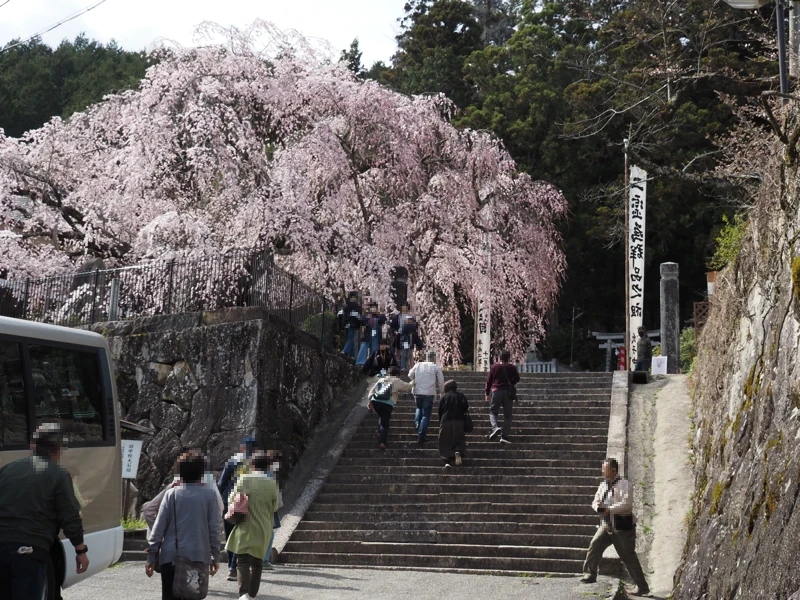
I visited on the day of the spring festival of the Omi Shrine, when banners stood on both sides of the steps of the shrine and people were gathered there.
Walking up the road, there are stone steps and the cherry blossom can be seen on the stone wall on the left.
It is a weeping cherry tree that was named ‘Omi-no-sato Butai-zakura’ in 2005 and designated as a natural monument by Iida City in 2011.
This cherry tree is characterized by the fact that it does not have a uniform number of petals, but rather blooms randomly with between five and ten petals.
Before climbing the stone steps, I found an explanatory plaque on the left side of the stone wall.
It reads: ‘Old School Great Stone Wall’ and states that the stone wall was built when the Omi school site and buildings were extended in 1898.
(The expansion of the school site was written about in a previous article, so please refer to that. –> 'Former Zakoji Omi School (2)'

Until 1984, when the elementary school was relocated, the school buildings were located above and below this stone wall respectively.
This photo was taken from a short distance up the stone steps of the Omi Shrine.
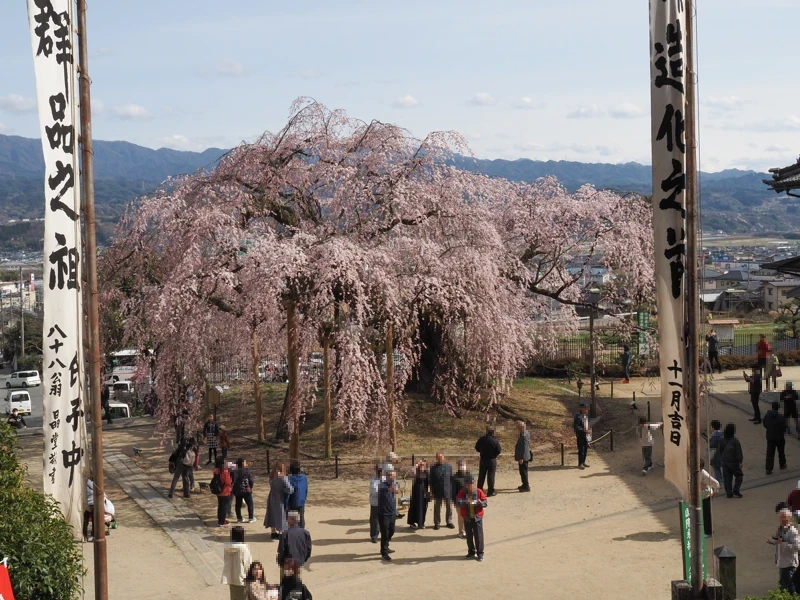
A little to the right is the former Omi School building. The door was open on this day, so we could see inside.
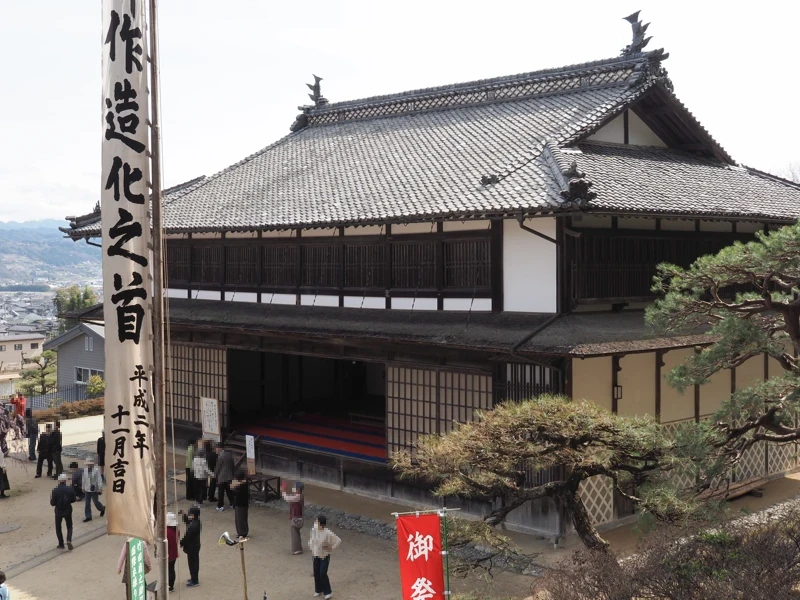
On the left is a donation box for the Cherry Blossom Conservation Fund. The Omi-no-sato Cherry Blossom Festival Executive Committee was calling for donations for cherry blossom preservation activities.
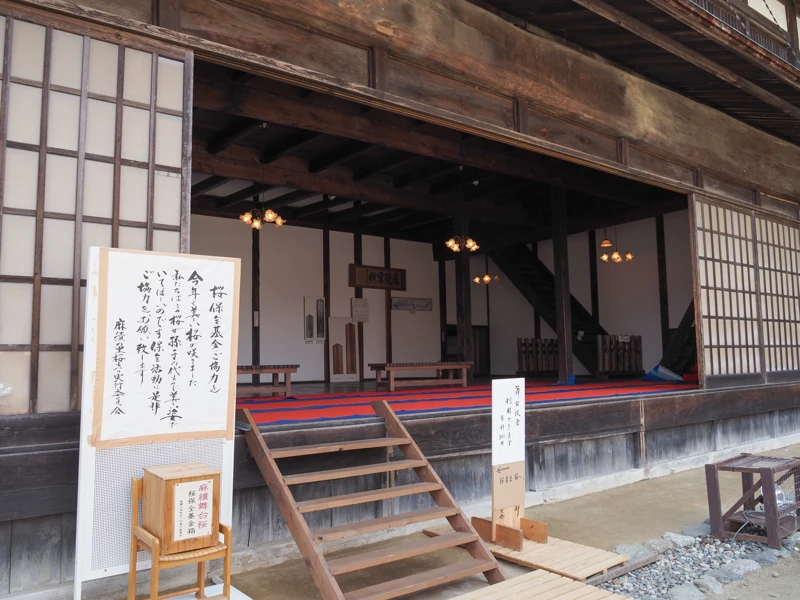
Sheets and red carpets were laid out indoors.
As it is a festival, something is probably going to be held here.
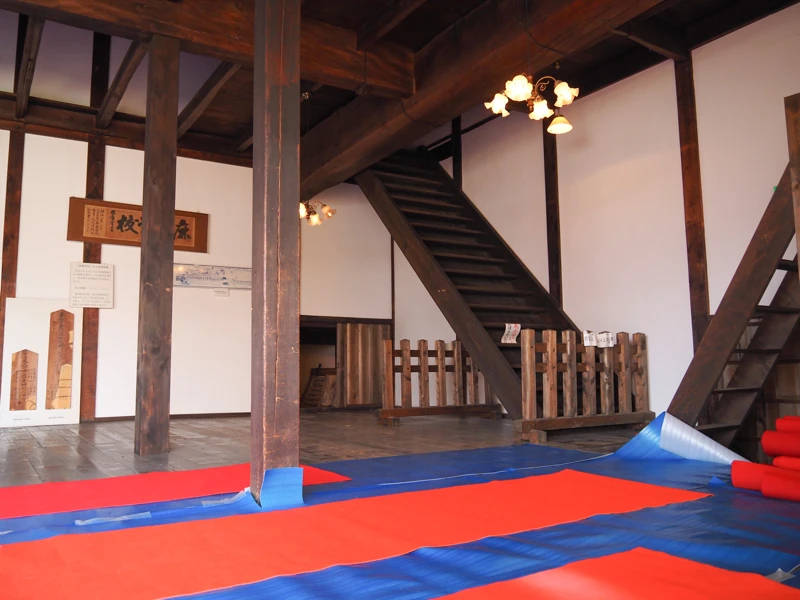
View of the cherry blossoms from the west.
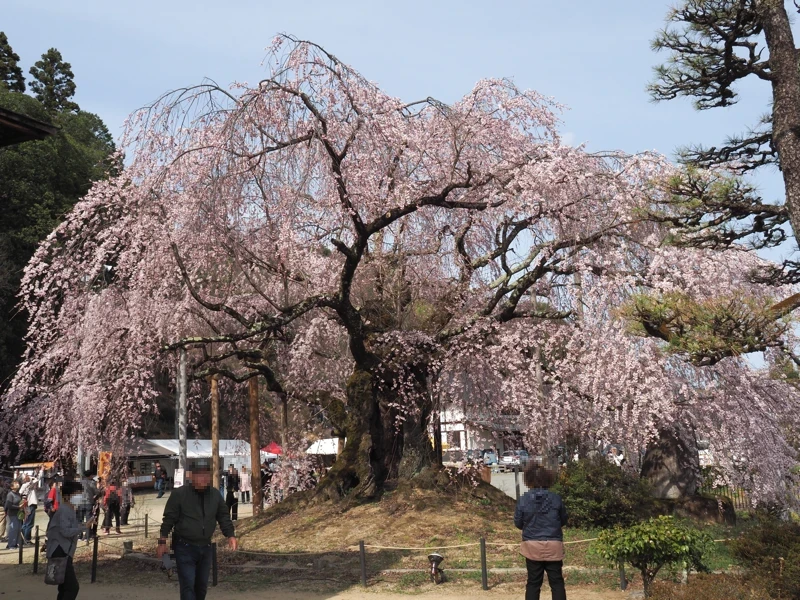
In front of the school building stands a picture of a character called ‘Omi no shidare-chan’.
It was designed by sixth grade students of Zakoji Elementary School and is recognized as a character of the Zakoji district.
In fact, the second photo in this article also shows the character’s face in the bottom right-hand corner.
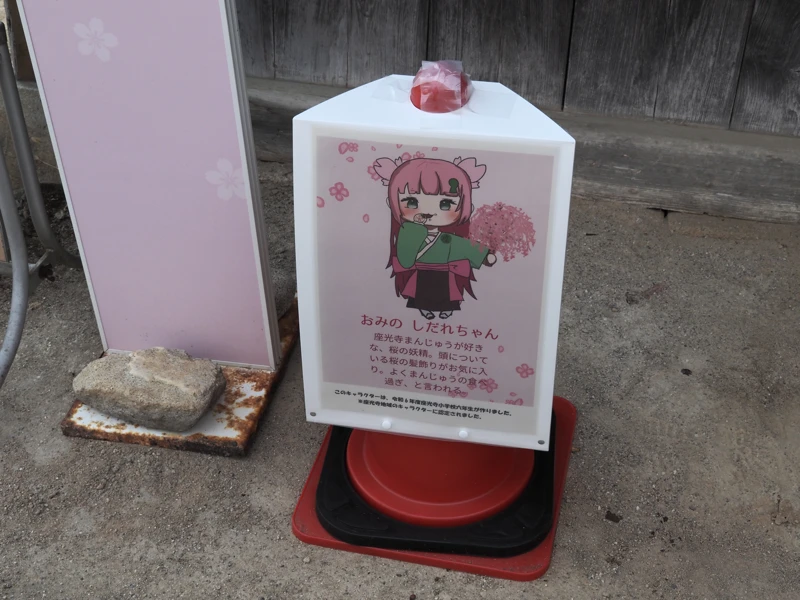
After this, I walked around here and there, looking at the entrance to the former Omi School, which had been moved to another location, and going downstairs to check the stone monument.
Then a dance began on the stage. It is said to be an Echigo-jishi dance, with a small Shishi’s head attached to the head.
There were adults playing drums and other instruments, but the dancers and flute players were young people who looked like students. Schoolchildren were doing a musical accompaniment.
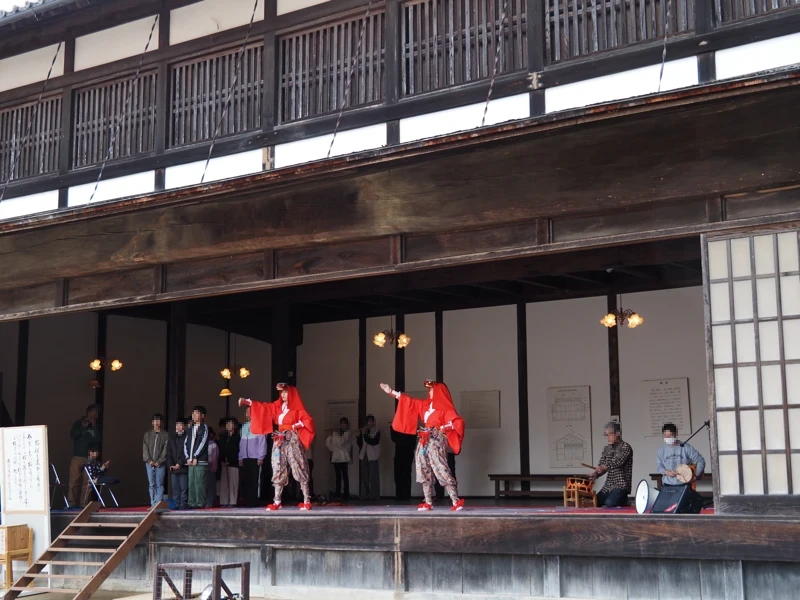
I have only seen this stage this time, but the spring festival lasts for two days, during which Shishi-biki (march taking the Shisi), Echigo-jishi and musical floats parade through the district. There are videos of past festivals on the internet, and it is said that young people in their 20s and 30s, including schoolchildren, are supporting the festival.
The last photo shows cherry blossoms from close up.
It is difficult to see in the photo, but there is a monument at the back centre commemorating the 100th anniversary of Zakoji Elementary School.
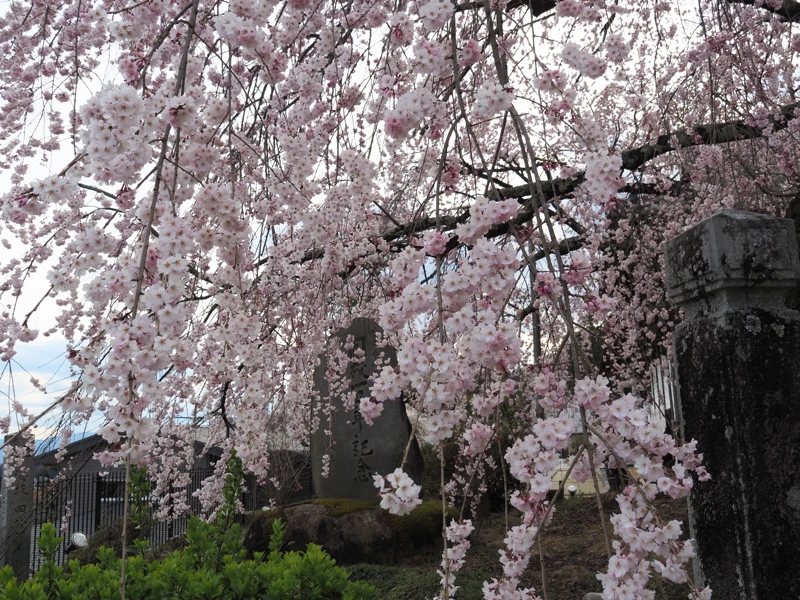
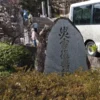


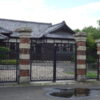
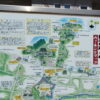
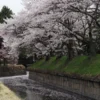
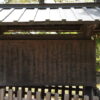
Discussion
New Comments
No comments yet. Be the first one!